You’ll know Laguna Seca: the glorious California racetrack whose legend is built on turn eight – aka the Corkscrew.
A freakish left-hander taken blind, it plunges car and driver almost six storeys with a viciously steep sweep to the right. Distorting and with endless scope for error, it’s nevertheless done, dusted and behind you after a few intense seconds. At least until the next lap.
Now imagine driving a Tarmac-ripper up and down the Corkscrew every day for a week, then sprinkling the track with knee-high granite rocks. Some of these rocks are sharp with dark, flinty edges but othersare glass-smooth and slippery. Many are damp, and all are spread out inconsistently atop a shifting soup of smaller stones and mud. Replace the azure sky with a gloomy canopy of aromatic Douglas fir. Narrow the breadth of the track from five car-widths to barely one and sporadically escalate the downhill gradient to a stomach-churning degree. Forget about phone reception – you’ve had precisely nothing for hours.
There’s no quick and easy way out of here, so try to relax into the emulsion of sun cream and dust daubed across your face, neck and arms. Take a deep breath, then ease off a brake pedal suspending two tonnes of metal, plastic and BF Goodrich rubber.

Welcome to the Rubicon Trail. The pedal in question is attached to the latest, JL-generation Jeep Wrangler – gently tweaked, substantially improved but, to everybody’s relief, fundamentally unaltered from before – and what you’ve just imagined is a stretch known as Cadillac Hill. In essence, this is 15 sweaty-palmed minutes of warily managing gravity in such a way that machine isn’t unnecessarily damaged or beached entirely by your own ineptitude.
It’s one reason why the trail as a whole is regarded as the toughest off-road challenge in the world – a hot lap of the Nürburgring for those of a knobbly tyred disposition – and were it any easier, it’d be a disappointment. The prospect of axle-breakage looms large here. More so if you’re driving a Land Rover, say some partisan but pleasant locals we encounter.

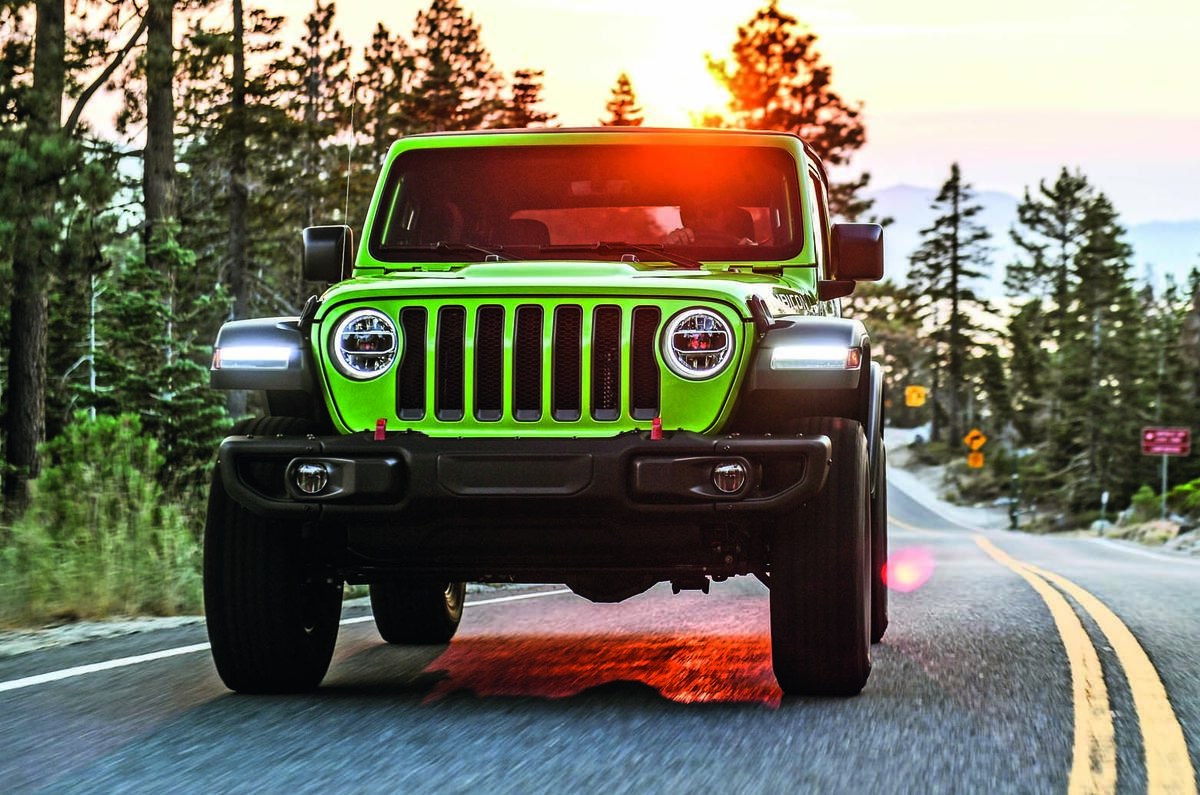




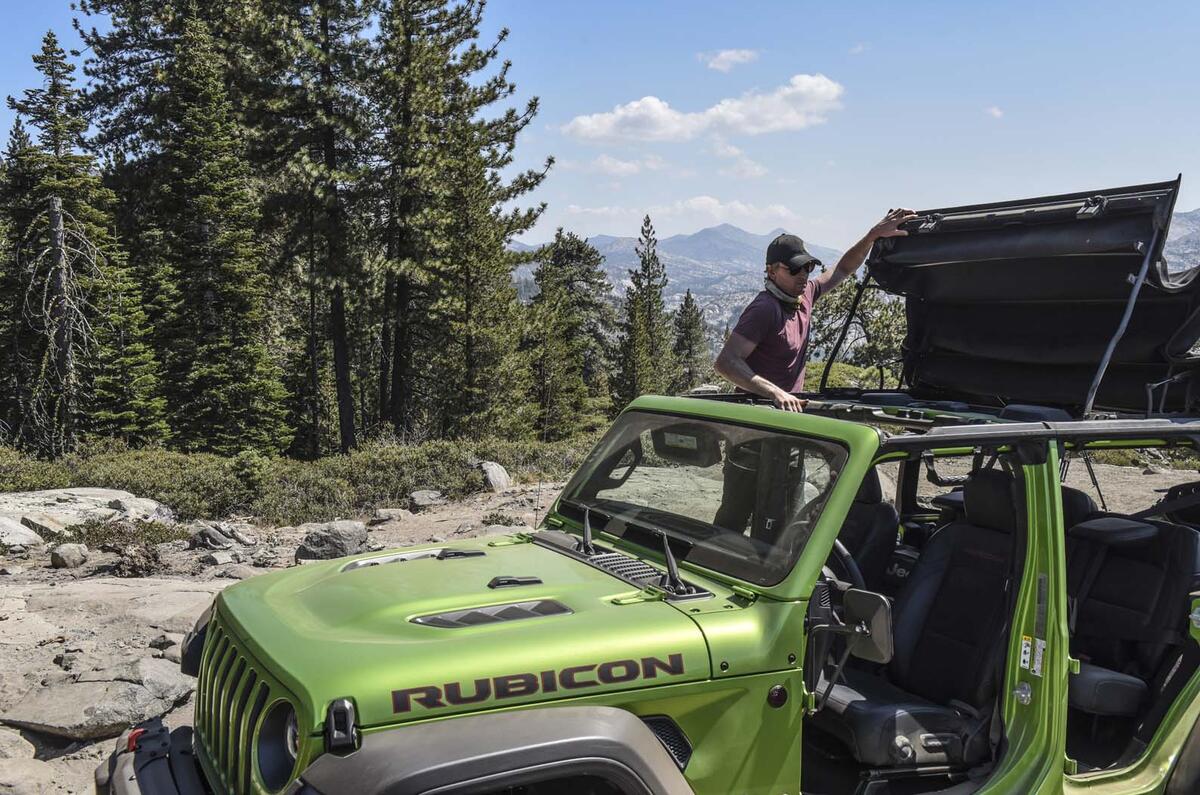
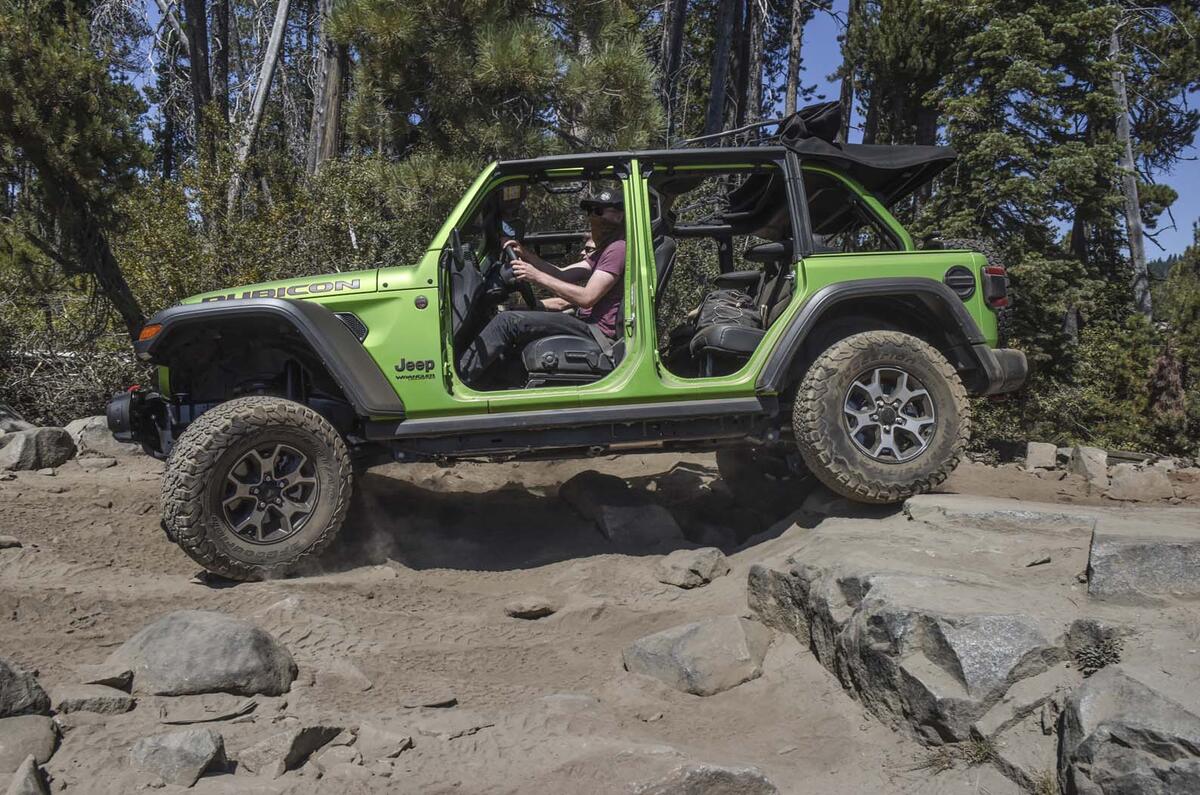
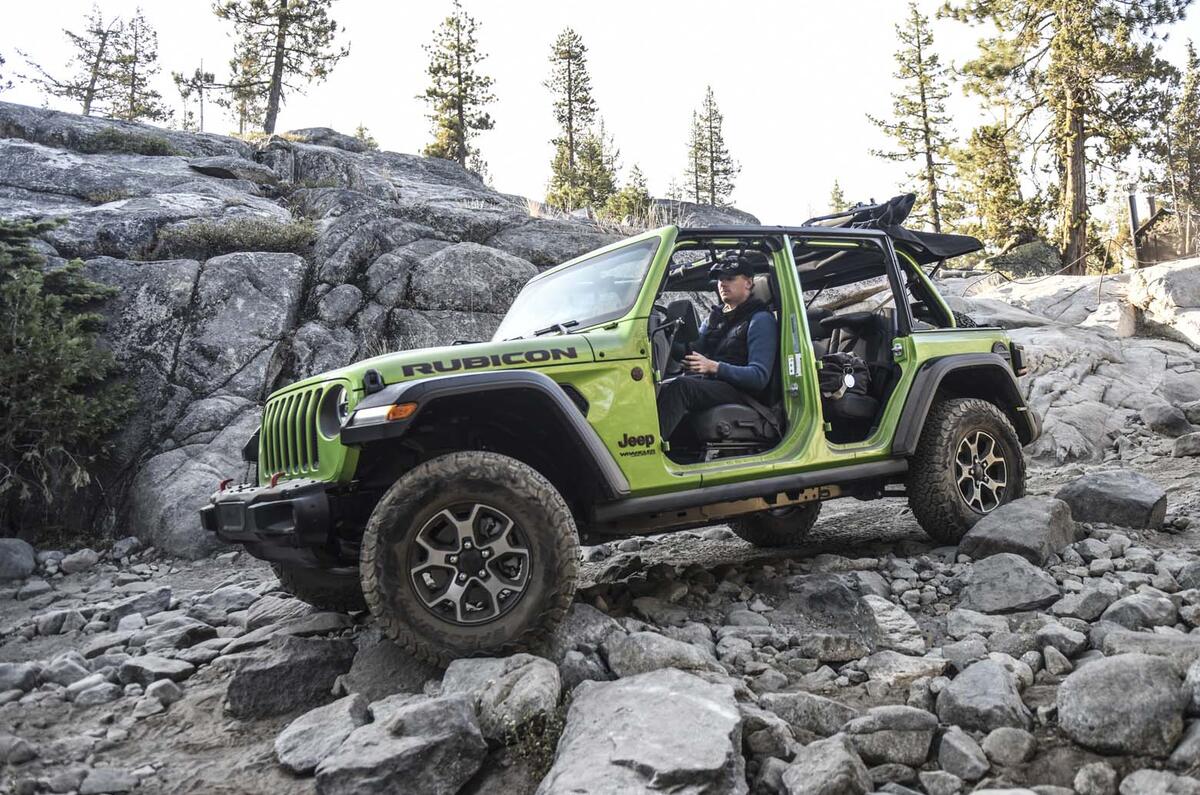

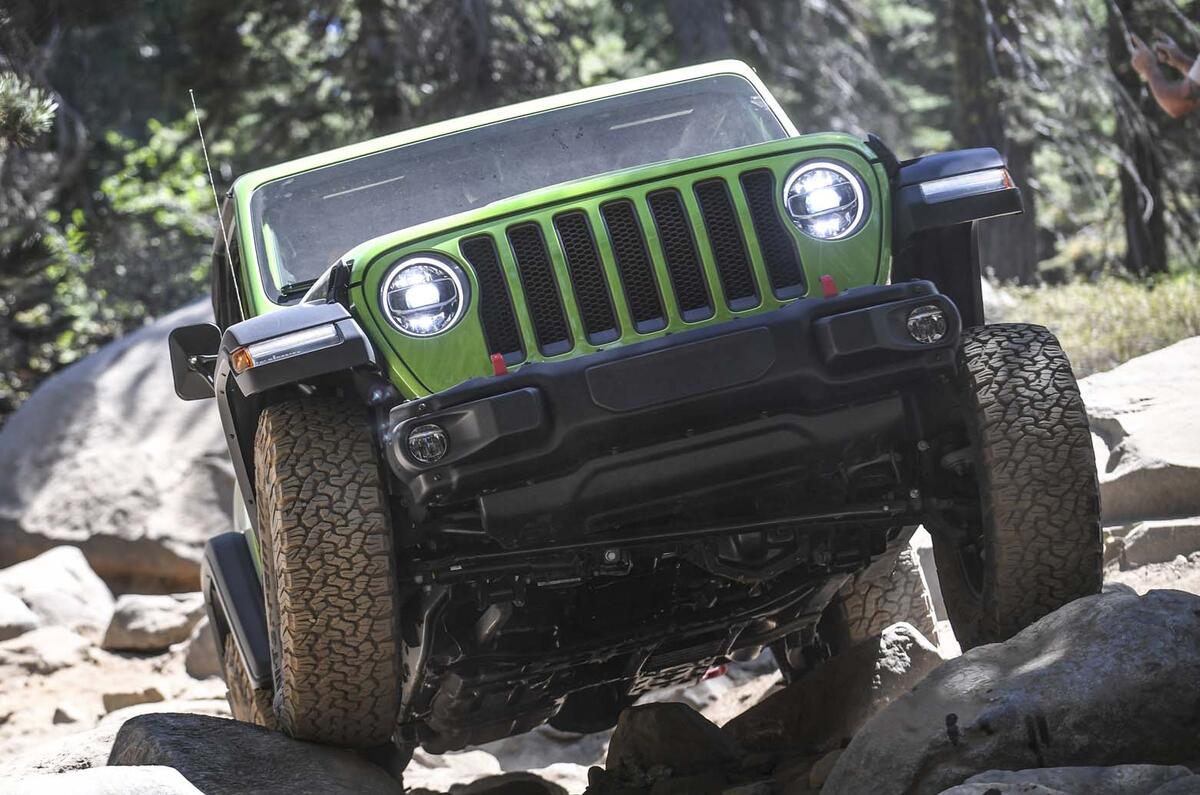
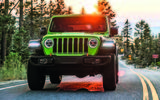










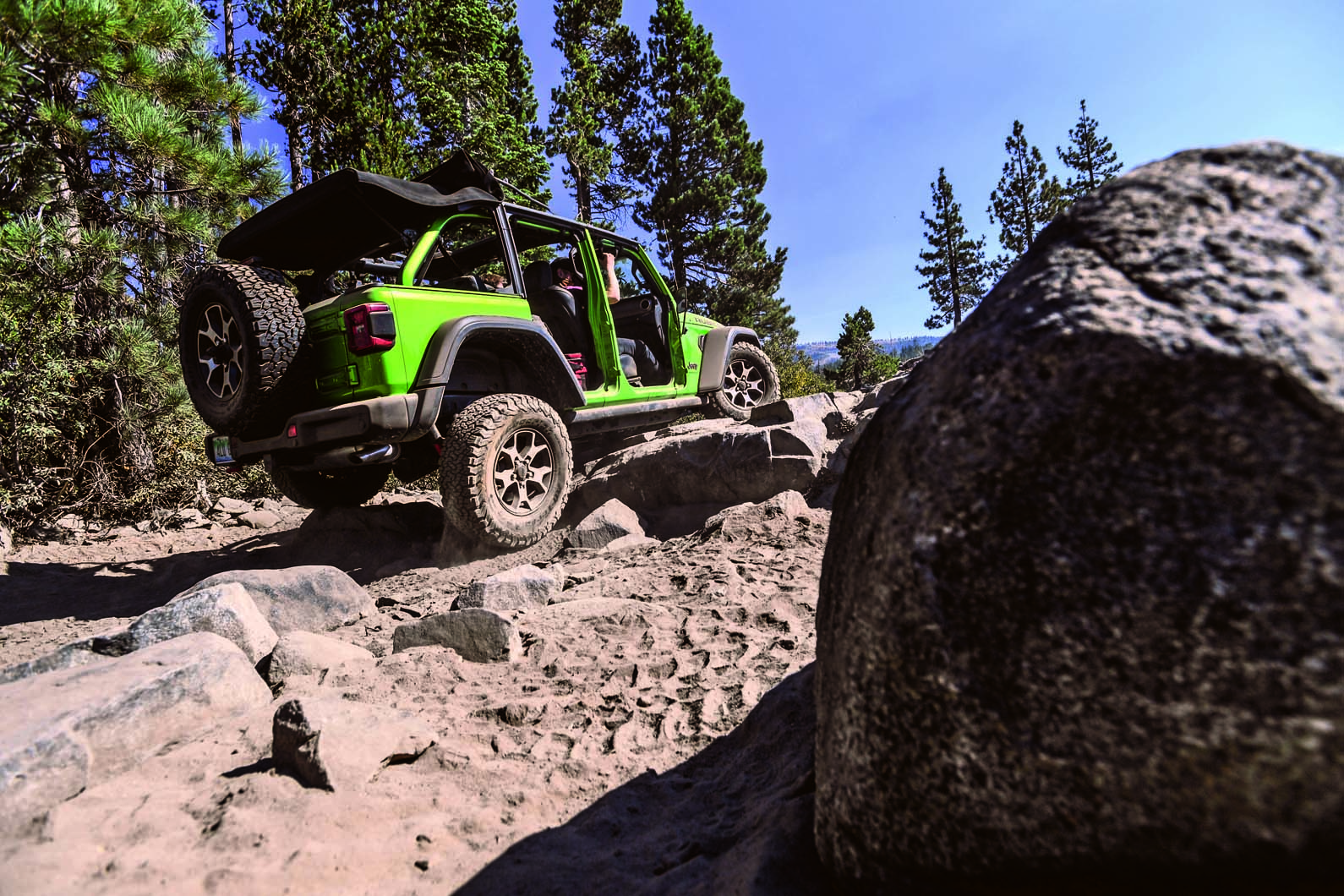








Join the debate
Add your comment
Not so much fun on the M25
A high price helps keep it exclusive and give the impression it's a high quality item. They know they won't sell many in the UK but a high mark-up means a profit is still possible.
UK pricing
Lovely vehicle, but the price here in the UK will severely limit sales. Jeep’s current price list show the 2 door Wrangler Rubicon is £46,495 and the 4 door £47,995. To that you can add £775 for metallic paint. And this is for a 2 litre diesel.
I first bought a new Wrangler TJ Sahara 4 litre 2 door in 1997, when the list price was approx £18k with metallic paint. Less than a year earlier, a BMW 528i that I bought new was £34,400 with a couple of extras. So that Wrangler was a relative ‘bargain’ at little more than half the price of a luxury saloon. Jeep now think they can hugely raise the relative price of the Wrangler, and actually increase European sales. Time will tell.
It's great, but the fold flat
It's great, but the fold flat windscreen is unneccessary. It was essential when shipping original Jeeps, but the B and C pillars added since that original make it pointless. If only they could make it cheaper. I'm afraid their reported costs of £40k plus means sales in the UK will only be counted in the hundreds per year - same as the JK.